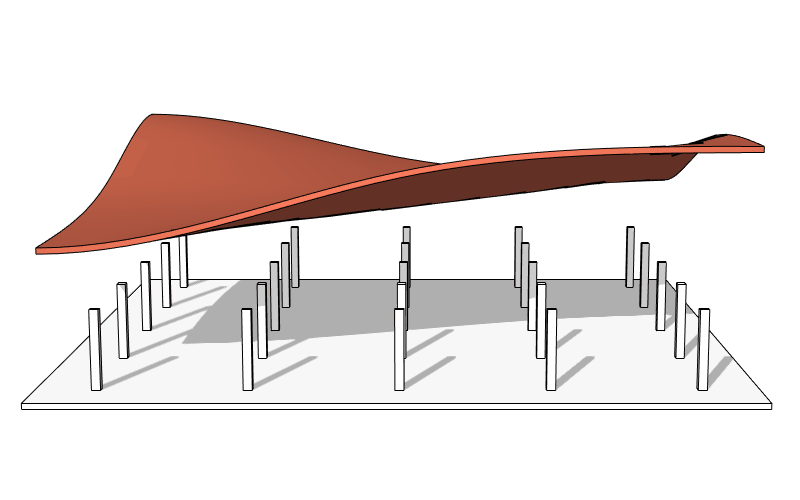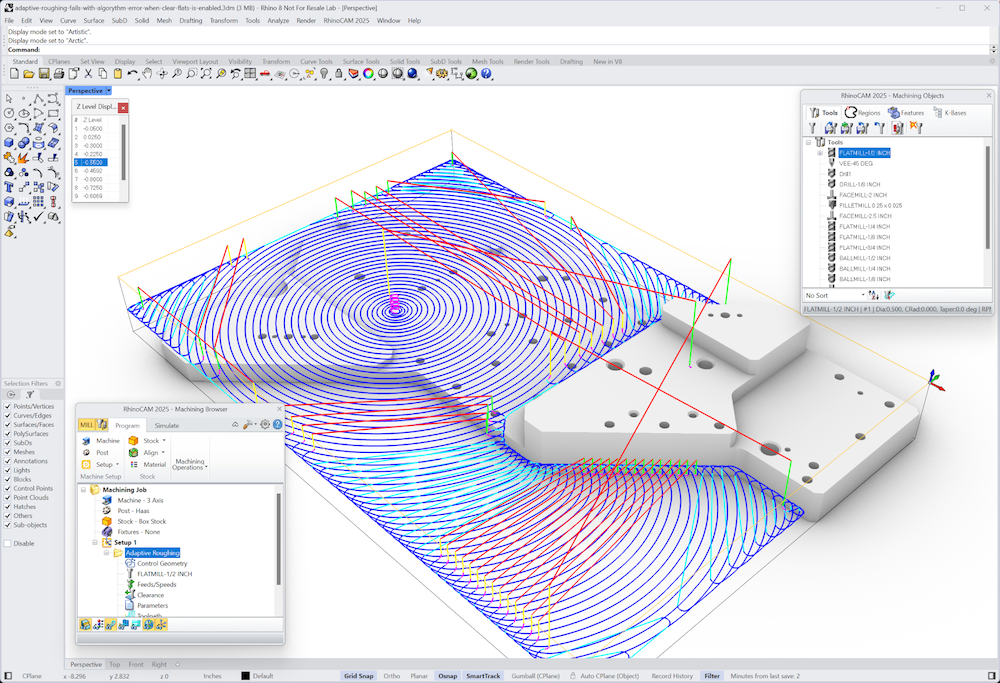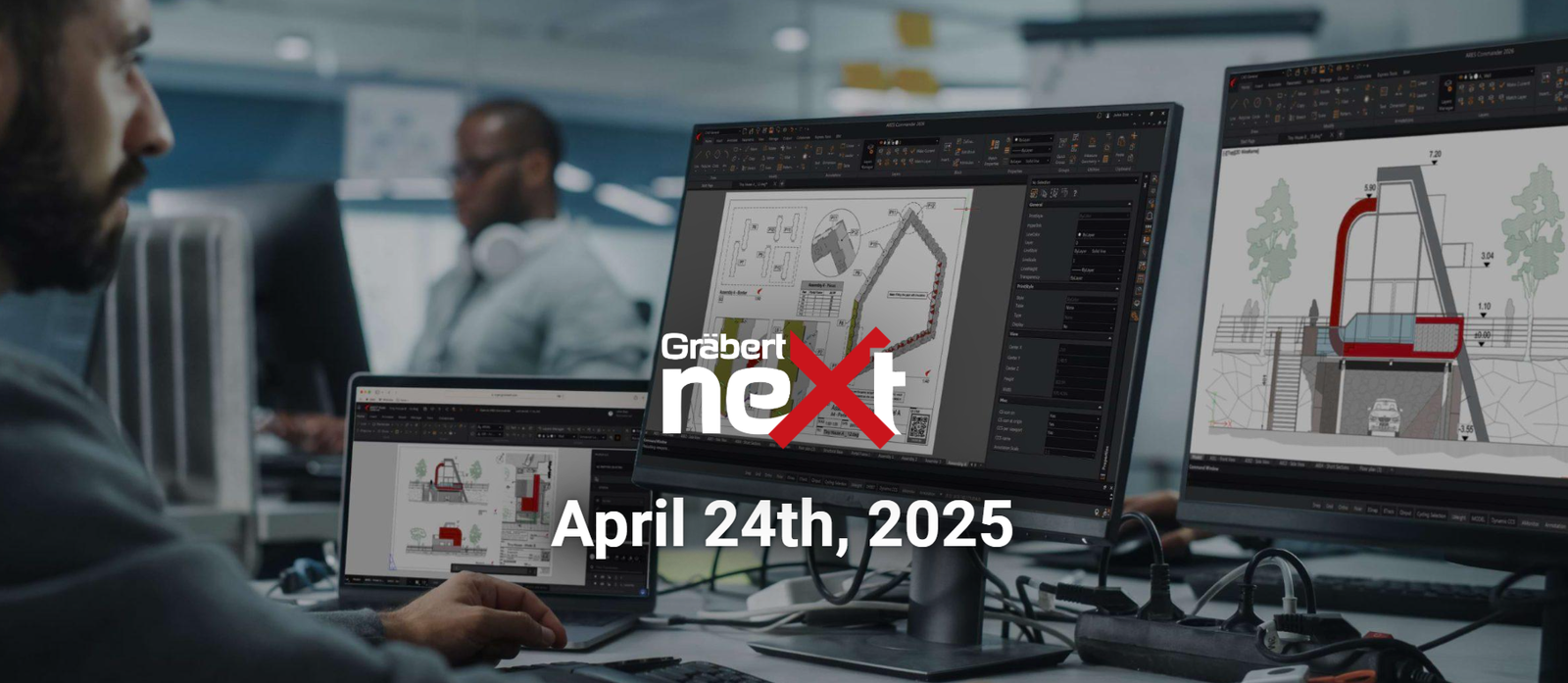Your Cart is Empty
Customer Testimonials
-
"Great customer service. The folks at Novedge were super helpful in navigating a somewhat complicated order including software upgrades and serial numbers in various stages of inactivity. They were friendly and helpful throughout the process.."
Ruben Ruckmark
"Quick & very helpful. We have been using Novedge for years and are very happy with their quick service when we need to make a purchase and excellent support resolving any issues."
Will Woodson
"Scott is the best. He reminds me about subscriptions dates, guides me in the correct direction for updates. He always responds promptly to me. He is literally the reason I continue to work with Novedge and will do so in the future."
Edward Mchugh
"Calvin Lok is “the man”. After my purchase of Sketchup 2021, he called me and provided step-by-step instructions to ease me through difficulties I was having with the setup of my new software."
Mike Borzage
An Interview with Antonio Pellizzaro of Actify (SpinFire)
March 08, 2007 5 min read

Antonio Pellizzaro is the Lead Developer of Actify, the software manufacturer of the SpinFire product line, a group of applications for CAD data visualization and sharing. Actify and Novedge are both located in San Francisco, a few blocks away. I invited Antonio to participate in the following interview:
Can you tell us a bit about yourself and your contribution to the SpinFire product line?
I've been with Actify for 9 years. I had the good fortune to work with the founders [Cristiano Sacchi and Mark Gisi], who first saw the huge market need for design communication software. (Actify is the pioneer of 3D visualization of CAD design to improve communication.) My work ranged a lot through the years, but I mainly focused on the graphics for SpinFire (formerly 3DView) and the importers (software modules to interface SpinFire with all the different formats it supports).
What is the most challenging part in designing and building a CAD visualization software such as SpinFire?
CAD viewers fulfill the need for informal digital communication
I think the challenge is to provide an easy-to-use tool for informal communication for all different types of users. The "consumers" of 3D data are varied, with diverse needs ranging from the basic viewing of a simple part, to the most advance measurement and handling of very complex assemblies. Users want a one-stop solution for all their needs. The ultimate customer need is communication: a good tool must facilitate the communication between users, by allowing the addition of markups, comments, the history of reviews, and data searches. All these are key to a successful CAD visualization software. Another key element is the ability to read files generated by different CAD systems. Users are receiving files from many sources and, as I said before, they want a one-stop solution.
Also, the real challenge all the players in this market will face is the ability to provide a complete solution to the technical data communication problem. CAD visualization is just one aspect of the whole solution: very important, but not enough alone. While PLM (Product Lifecycle Management) systems provide very structured and formal communication, CAD viewers fulfill the need for informal digital communication. There is a big gap between the two and Actify is the only one who provides a solution for people in the middle area. Design Share has been designed to meet the needs of these customers.
From the technical point of view, how do you compare PDF and ".3D", the Actify proprietary file format?
adding 3D (to PDF) is a good idea but… many people will be confused on the use of PDF
In my opinion the main difference is that PDF files can store the exact geometry along with the tessellated data, while the ".3D" files store only the tessellated model. There are definitely a lot of benefits in storing the exact geometry, but, assuming we want to stay in the strictly Visualization area (meaning no advance measurements and no export to other formats) then I don't think it is a good idea. Especially it's not a good idea to provide the functionality to export IGES and STEP. When I think of PDF, I think of a view/print only document. Adding 3D content is a good idea, but the way it is implemented now, it is going away from view only document, and it is opening the road to data translation. I am sure that many people will be confused on the use of PDF. With the ".3D" format users know exactly what is possible to do and what is not; ".3D" is meant to be a visualization and communication format. This is a huge topic, and it may deserve a blog post by itself. There are pros and cons for both sides.
In the last few weeks there has been a lot of talk about Microsoft Windows Vista and how Vista can slow down the performances of 3D intensive programs. Did you experience any problem with SpinFire Professional?
Not at all. We actually experience much better memory management by the OS, especially when dealing with very large assemblies. The only thing to keep in mind when upgrading to Vista, is to upgrade the graphic drivers by downloading them from the graphic card vendor's website. Many users are not familiar with the upgrade process, and many don't even know what graphic card (or chipset) they have.
I would have expected Microsoft to do a better job in providing the most up-to-date drivers at the time of installation or through Windows Updates.
Actify SpinFire can read/import several CAD file formats. Do you have a special software architecture to handle so many file formats?
It was clear from the beginning that being able to visualize files of different formats was key to the success of SpinFire. We developed an architecture that allows us to add new importers without shipping a new version of the software.
This architecture also enables a third party developer to write his own importers to enhance SpinFire capabilities to display other formats.
Do you think the future of CAD data visualization will be heavily based on the new standard file formats like U3D (Universal 3D) or XPS (XML Paper Specification), or will a proprietary file format emerge as dominant?
one (3D) file format will NOT emerge as dominant for all the sectors
3D data is so vastly used, and for so many industries, that one file format will not emerge as dominant for all the sectors. I think we will see dominant file formats for specific industries or specific needs, and it will be a proprietary format. Adobe has the resources to heavily push the PDF/PRC file format, but companies who already standardized on a file format will not change. (I am thinking of JT and our ".3D". It will be interesting to see if Adobe, i.e. TTF, will provide tools to convert JT and ".3D" files into PDF/PRC.)
In your opinion, what will the next generation of CAD data visualization software will look like?
I think that the visualization software are mature enough. I don't think we will see radical changes in the existing software. Viewers helped adopt 3D as way of communicating design, and now, as a result, the real problem is not visualizing the 3D data but managing it along with all the complementary data.
The main area of development will be Collaboration and Finding 3D information. The next generation solution will include a visualization software and other web-based software to help users manage all those electronic designs.
I would like to thank Antonio Pellizzaro for taking the time to speak with me today. All SpinFire products mentioned in this interview are available online from the Novedge website. If you have any questions for Antonio or for Novedge, just leave a comment below, and we will be glad to answer.
Franco Folini
Also in NOVEDGE Blog

Enhance Your Designs with VisualARQ 3: Effortless Geometry Extensions for Walls and Columns
April 30, 2025 8 min read
Read More
MecSoft Unveils RhinoCAM 2025 and VisualCAD/CAM 2025 with Enhanced Features
March 08, 2025 5 min read
Read MoreSubscribe
Sign up to get the latest on sales, new releases and more …



